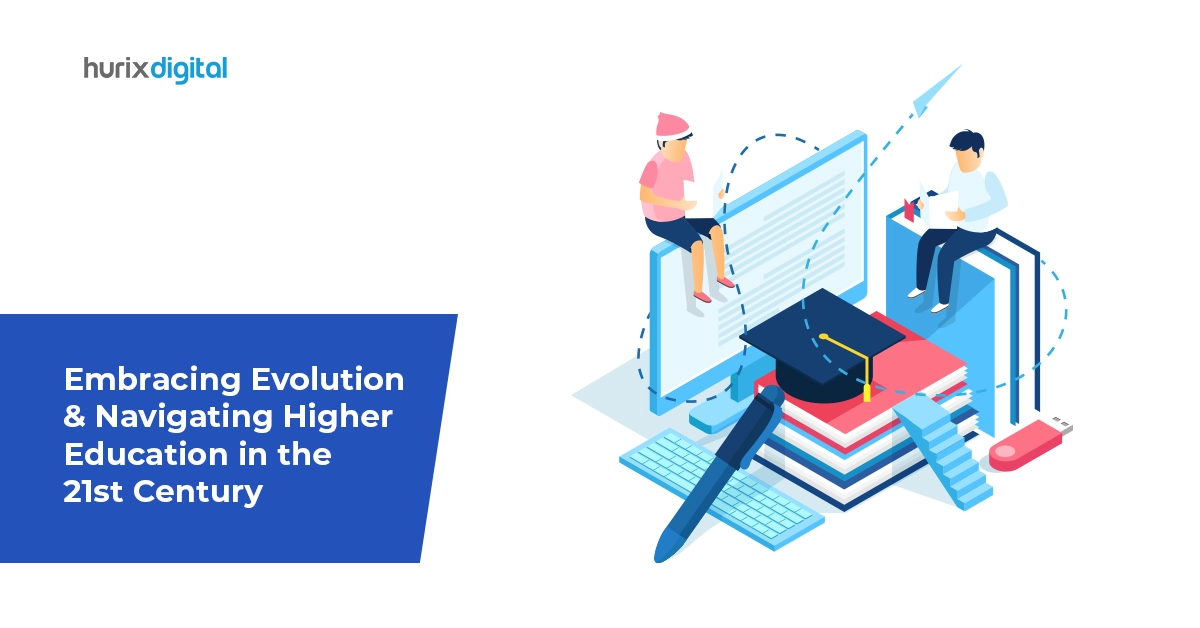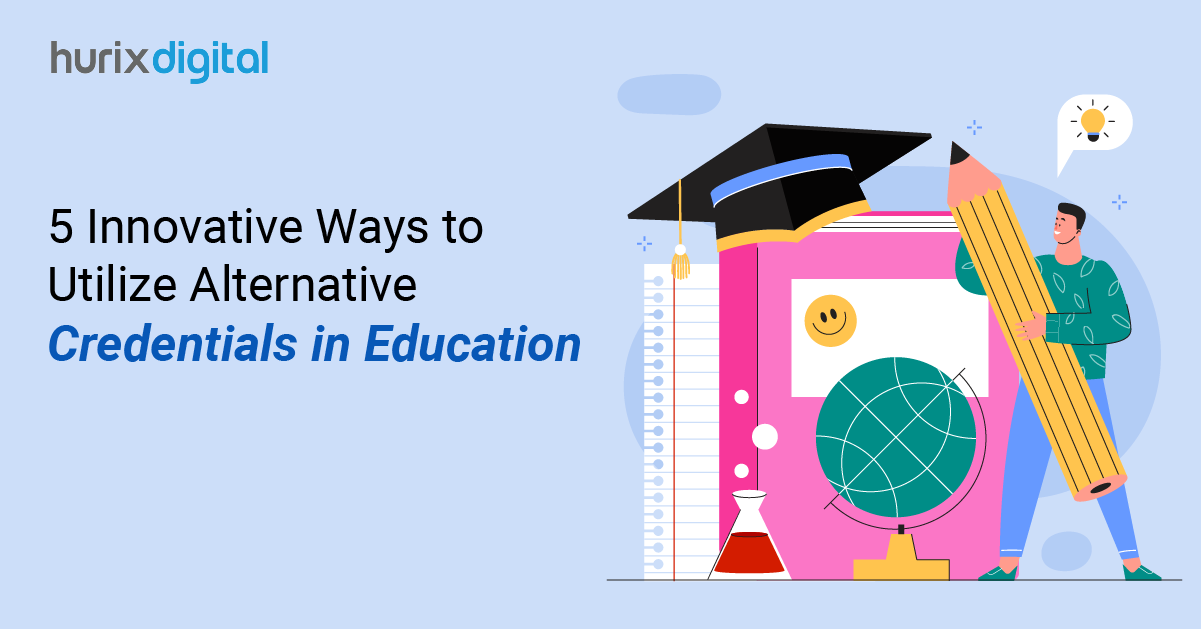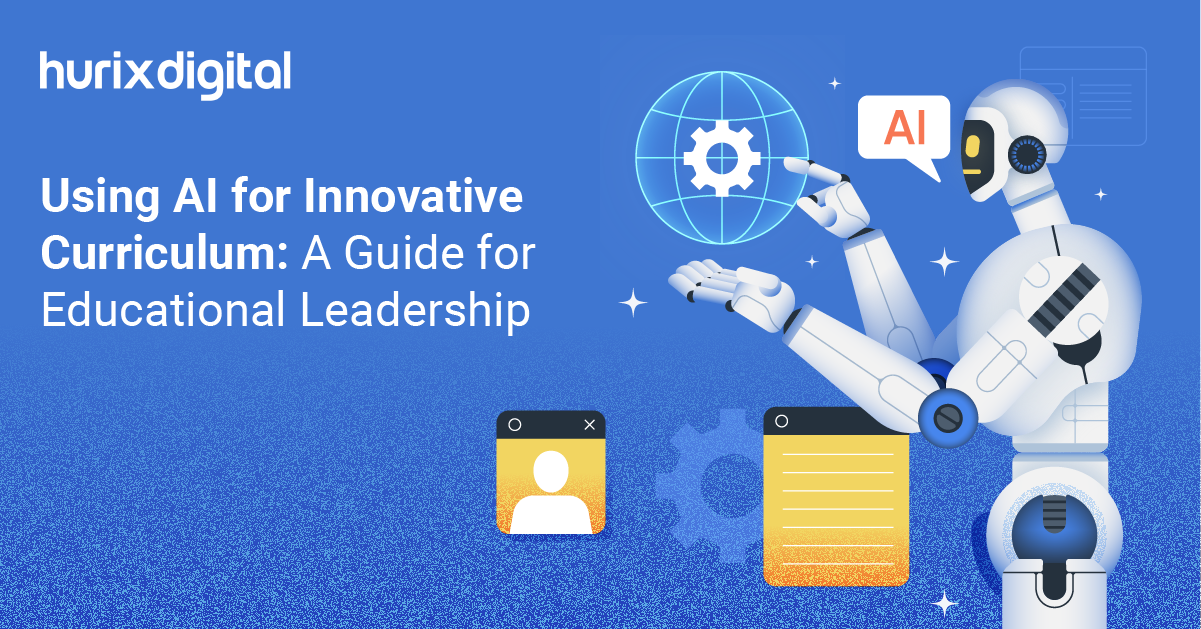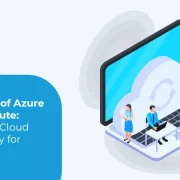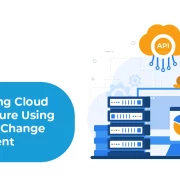
10 Reasons Why Your Higher-Ed Institute Shouldn’t Worry About Costs in Making an Accessible Curriculum
Summary
This article presents reasons to work on an inclusive curriculum rather than the cost. It highlights the importance of accessibility in higher education and the need to make the curriculum accessible to all.
In this fast-evolving education landscape, creating higher education accessibility for everyone is a need of an hour. Higher-ed institutes understand the importance of what is an inclusive curriculum and easy access to education, keeping the cost as the secondary thought. Although the education industry has witnessed a huge technological advancement, there are still many students falling under the category of disability who find it challenging to have curriculum access.
Table of Contents:
- Ten Reasons to Consider Higher Education Accessibility Than Cost
- Things to Consider When Creating an Inclusive Curriculum
- Conclusion
According to a report by the US National Center for Education Statistics, there are less than 20% UG students facing disability, and the number drops to 12% among graduates. One of the reasons is that disabled students are unable to complete their graduation. Even though the value of accessibility in education is becoming more widely recognized, colleges still struggle to give disabled students a welcoming and encouraging learning environment.
Considering that over 26 percent of people worldwide are born with a disability, accessible education is essential. As per the WCAG (Web Accessibility Compliance) accessibility compliance, it is necessary to make the curriculum accessible to students with disabilities, diverse abilities, cultures, and languages.
For a higher education institute, having the concern of cost is inevitable, but investing more in an accessible curriculum should be part of the decision. This article presents reasons to work on an inclusive curriculum rather than cost.
Ten Reasons to Consider Higher Education Accessibility Than Cost
1. Following up on Legal Compliance
Having curriculum access isn’t limited to good practice but is also an accessibility compliance. Institutes need to follow ADA compliance in education. ADA (Americans with Disabilities), which came into law in 1990, defines prohibition of any kind of discrimination towards students with disabilities getting education. By actively making your higher education curriculum accessible, institutes present their responsibility towards equal education.
2. Making Use of Web Accessibility
With the advent of web accessibility compliance, higher institutes are focused on equal access to education. Higher education establishments have a social duty to assist students with disabilities.
Colleges and universities can gain from adopting online accessibility standards. For instance, web accessibility can broaden their curriculum reach, boost student happiness, and increase the curiosity of potential students. Institutions can increase enrolment, revenue, and acquisitions by making themselves more accessible to students.
3. For a Diverse Student Ratio
Higher education institutes offer admission to a broader range of students, as well as those with disabilities. Developing an accessible curriculum promotes diversity within your student body by making your content available and understandable to a broader audience.
4. To Improve Reputation
Education institutes that put accessibility first are seen as progressive and dedicated to the welfare of their students. By making this pledge, your institute can attract teachers and staff who appreciate inclusivity in addition to students, thus improving its reputation.
5. Making Use of Assistive Technology
Assistive technology is the best investment for students with disabilities and one way to offer curriculum accessibility. From laptops to computer-assisted instruction, there are different ways in which assistive technology can prove effective.
Also Read: Why are Keyboard Navigation Services Crucial for Web Accessibility?
6. Create a Better Learning Environment
Accessibility improvements created for disabilities help in having a promising learning environment and frequently help all students. For example, captioned videos help students who have hearing disabilities as well as those who learn best visually or who are not native English speakers and would benefit from written reinforcement.
7. Increase Retention Rates
Having easy access to resources makes learning more enjoyable and may raise retention and graduation rates. Easy access to course materials increases students’ likelihood of staying in class and finishing their degrees, which raises graduation rates.
8. Increased Demand For Accessible Software
Software accessibility has made the reach of higher education institutes’ curricula easy. It is designed to meet the needs of students with disabilities and ensure an equal opportunity to educate themselves. The software considers the diverse needs of people with impairments, such as those who have speech, hearing, vision, or physical restrictions. This ensures that they will have no trouble using and accessing the program for curriculum.
9. For Long-Term Cost Savings
For higher education institutes, the initial investment towards curriculum accessibility may be increased, but in the long term, it can help in cost-saving. Using universal design principles can help you save time and money by lowering the likelihood that courses will need to be retrofitted in the future.
10. Support from the Community and Alumni
Alumni and the larger community frequently praise institutions that place a high priority on accessibility. Being inclusive will encourage alumni and community people to support you, which can result in more donations and collaborations.
Things to Consider When Creating an Inclusive Curriculum
To create an effective inclusive curriculum as a part of higher education accessibility, institutes need to consider a few things:
1. Identify Learning Needs
When creating an inclusive curriculum, ensure you identify the learning needs of students with disabilities. This identification will help you make the required modifications for easy understanding.
2. Establish the Right Settings
Establish a setting that encourages cooperation and teamwork among kids. You can also enlist the aid of parents, guardians, and the community to support pupils. You can encourage kids to ask for comments and ideas for improvement without holding back and to be receptive to involvement and communication.
3. Identify Tasks
By designing tasks that require students to collaborate in pairs or small groups, they will encourage students to share their experiences and viewpoints. Moreover, it will help in making the classroom activities inclusive and collaborative.
4. Establishing The Culture
Establish a culture of ongoing assessment and development by evaluating the success of accessibility initiatives, getting input from educators, parents, and students, and modifying and improving programs in response to their observations.
5. Use Universal Design for Learning
Use Universal Design for Learning (UDL) to create instructional materials, websites, and other resources for your education institute and to distribute the curriculum. UDL gives students more ways to interact and consume content. UDL works on three different principles-
- Various means of interaction
- Multiple means of action and expression
- Representation
Also Read: Accessibility for Masses – Know How Hurix Digital Comes in
Conclusion
Higher education accessibility is essential in education in all eras. Additionally, institutes must concentrate on incorporating critical accessibility components into eLearning modules for higher education to guarantee the same. Institutes investing in software and other methods can enjoy accessibility benefits. Moreover, these benefits can be leveraged by students with disabilities.
Including accessibility as a top priority in your curriculum is a smart strategic move that will benefit students, build your institution’s image, and help you overall. For education institutes looking forward to investing in new-age teaching and learning technologies, Hurix Digital is the best company to connect with. From competency-based education to video learning and consulting, Hurix Digital assists in every aspect of curriculum accessibility.
Contact us today!

Vice President – Digital Content Transformation. He is PMP, CSM, and CPACC certified and has 20+ years of experience in Project Management, Delivery Management, and managing the Offshore Development Centre (ODC).
